7 °c Wind speed: 36 km/h Precipitation: 82 % Cloudiness: 99 % Humidity: 88 mm Pressure: 82 mb
Loughcrew Cairns
Loughcrew Cairns
MH
Ireland
Description
Ever wanted to visit somewhere ancient, breathtaking, and somewhat creepy (in a good way)? If so, you should check out the Loughcrew Cairns located near Oldcastle in County Meath, Ireland. Forget about those run-down stones; we've got quite gigantic, mysterious burial mounds sitting on top of hills overlooking what may feel like half of Ireland. Almost the entire country of Ireland. If you close your eyes, you can almost hear the whispers of the people who lived there over 5000 years ago. It's heaven for archaeologists and will leave you awestruck. If a journey tinged with a hint of mystery appeals (perhaps guided by friendly ghosts), then Loughcrew is just the place for you. Get ready to be enchanted!
The Hag's Hills: Where Irish Legends Got Their Start
First off, the Loughcrew Cairns aren't just on any old hills. They sit on a series of rolling peaks known in Irish as Sliabh na Caillí—that means the "Hills of the Hag" or the "Witch's Hills." And there's a brilliant story to go with it. Legend has it that a powerful Cailleach, a sort of divine hag or super-witch from Irish folklore, created these massive stone cairns. The tale goes that she was trying to become the boss of all Ireland by leaping from hilltop to hilltop, carrying huge stones in her massive white apron. As she jumped, she dropped stones, and hey presto, a cairn was born! She managed to build the ones on Carnbane East, Carnbane West, and Patrickstown, but on her last jump, she stumbled and, well, didn't make it. That's why the last hill isn't quite as impressive, or so the story goes. Whether you believe in giant, apron-wearing, cairn-building hags or not, the legend just adds to the incredible atmosphere of Loughcrew. It ties these ancient stones right into the wild, magical spirit of the Irish landscape.
Who Were These Stone-Stacking Superstars Anyway?
So, if it wasn't a giant hag (probably), who built these incredible things? We're talking about Ireland's first farmers, clever folks who lived here way back in the Neolithic period, or New Stone Age. Think somewhere between 3500 and 3000 BC—that's over five thousand years ago! These weren't just simple folk; they were organised communities with some pretty complex ideas about life, death, and the universe. And they had some serious engineering skills, because building these passage tombs—and that's what Loughcrew Cairns are—was no mean feat. These weren't just graves; they were like sacred temples, places for ceremonies, maybe even early calendars linked to the sun and stars. They were powerful symbols for the people who built them, connecting them to their ancestors and the cosmos. When you stand in front of these massive structures, made from huge stones without any cement, you can’t help but be blown away by what these ancient people achieved with just basic tools and a whole lot of determination.
Cairn T: The Big Daddy of Loughcrew
Cairn T is the highlight of Loughcrew. It sits where Carnbane East meets the Hag's Cairn. At the very edge of it rests a large stone shaped like a throne, referred to as the Hag's Chair. One can envision the hag gazing at her creations from that position. Of all the cairns, this is the largest, most accessible, and most famous. People from all over the world come to visit, especially for the exciting reason we will discuss shortly.
The walk to Cairn T is an uphill one, but it does add to the overall feeling of going on a bit of a pilgrimage. The stone structure is a round pile, 35 metres wide, with a ring of giant kerbstones surrounding it. To access the interior, one must descend through a narrow shaped 5-metre passage which leads to a cross-shaped chamber containing three tiny side rooms. It is cool and quiet with air that feels ancient. The mighty capstones, as well as the massive stones that form the roof, create the walls, are quite heavy stones. The way that these stones were placed there is incredible to consider. While being in Cairn T, one can grasp how sacred and important this site was. Usually, OPW guides control the inner access, and in the visiting season, they are great storytellers.
Stone Age Doodles or Cosmic Codes? Checking Out the Ancient Art
One of the most mind-boggling things about Loughcrew, especially inside Cairn T and a few other tombs like Cairn L, is the ancient art carved into the stones. These aren't just random scratches; they’re intricate designs—think concentric circles, spirals that look like galaxies, zigzags, diamonds, little cup marks, and sunburst patterns. It’s like a secret code from 5,000 years ago!
What does it all mean? Well, that's the big mystery! Experts reckon these symbols could be linked to the sun and stars, religious rituals, maps of the local area, or even journeys to the afterlife. They're not just pretty patterns; they were a really important part of these sacred places, often carved on stones in special spots, like at the back of the little rooms inside the cairn. The skill involved is amazing, especially when you think they were probably using stone tools to peck these designs into hard rock. Looking at these carvings, you feel a direct link to the artists from all those thousands of years ago, wondering what they were thinking and what they were trying to say.
You Won’t Forget This Place: Loughcrew's Lingering Spell
Visiting the Loughcrew Cairns feels like using a time machine. You get to journey through deep time, appreciate the work of our predecessors, and bear witness to the lasting force of myth intertwined with the lush Irish lands. They say it's a wonder that evolves with your thoughts and fills your heart with admiration. The blend of ancient and imprecise genius construction, intricate prehistoric carvings, stunning alignments of the sun, old tales, and wonderful landscapes makes this an intellectual and spiritual visit.
When descending from Sliabh na Caillí and leaving behind the Hag's stones, you bring more than photos. A feeling of connection to something deeply ancient, a sensation of having touched the sacred, stays with you. The faint "voices" of the whispers from the ancient builders, the Cailleach's monumental leaps, and the enchanting light show within Cairn T blend into magical memories. Without a doubt, Loughcrew is an archaeological wonderland that guarantees utter bewilderment, which strongly entices the wish to share with everyone you know the enigmatic and enduring spell.
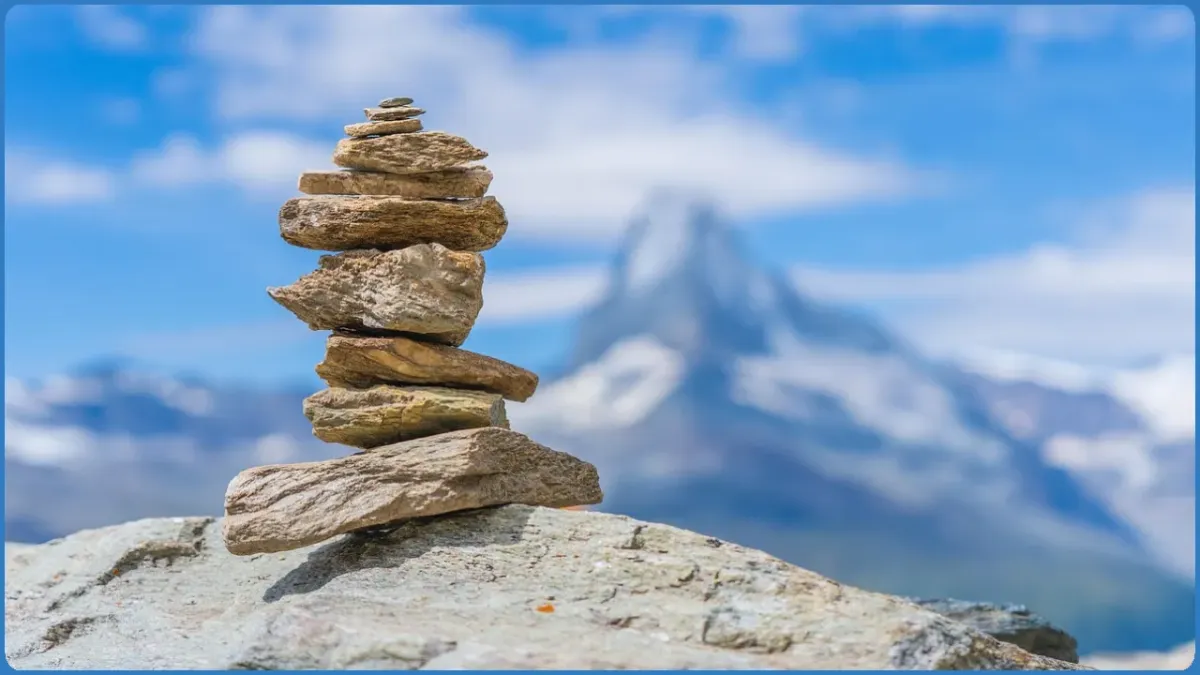

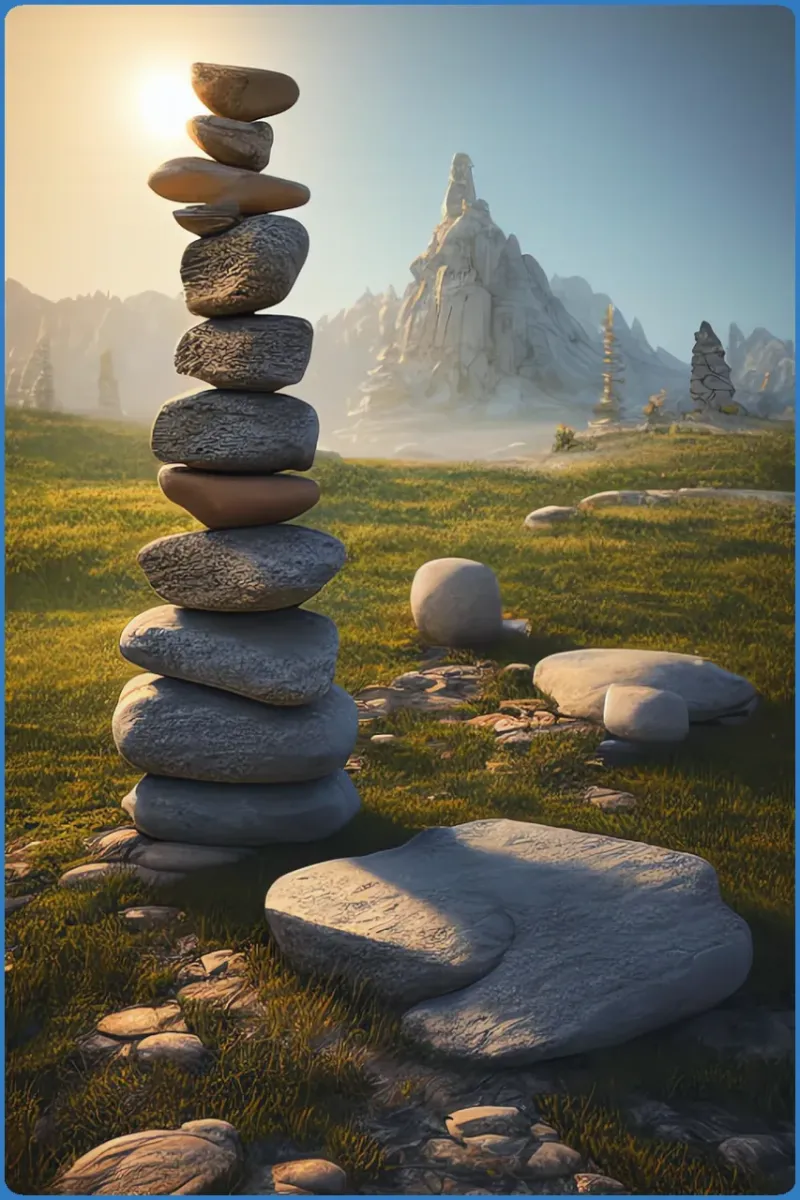

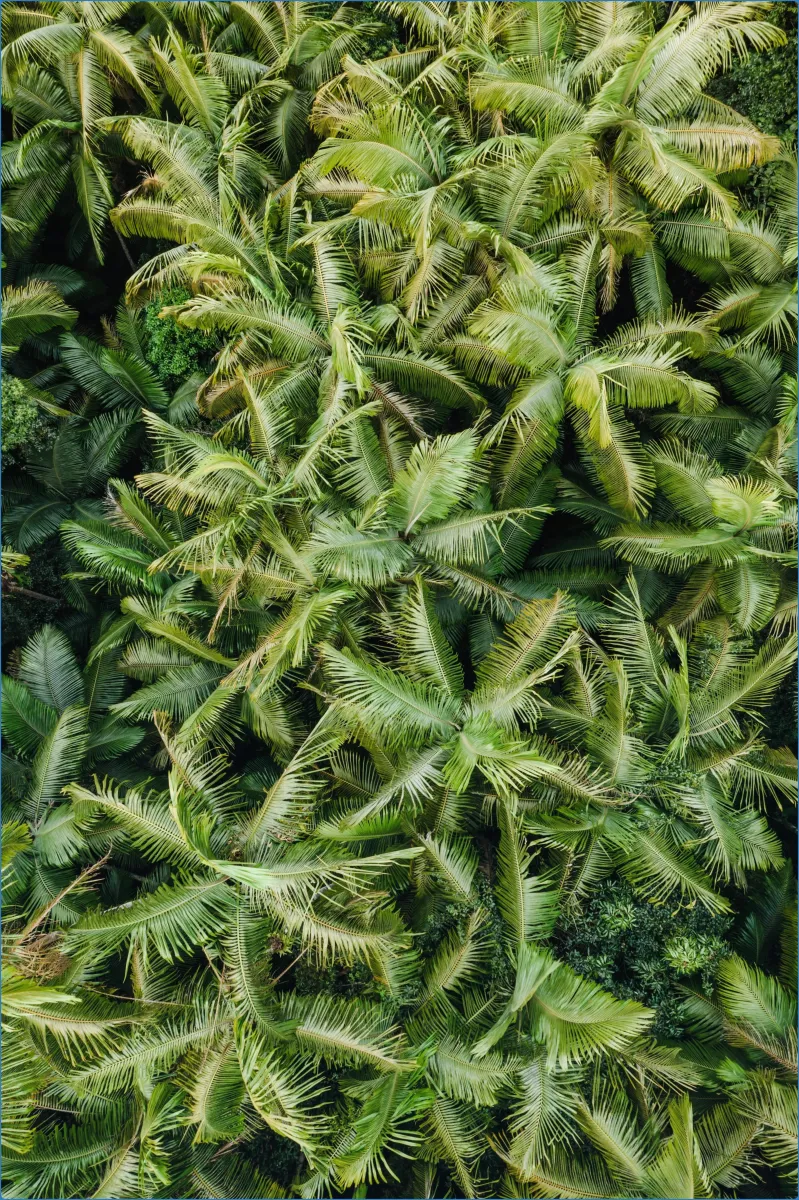

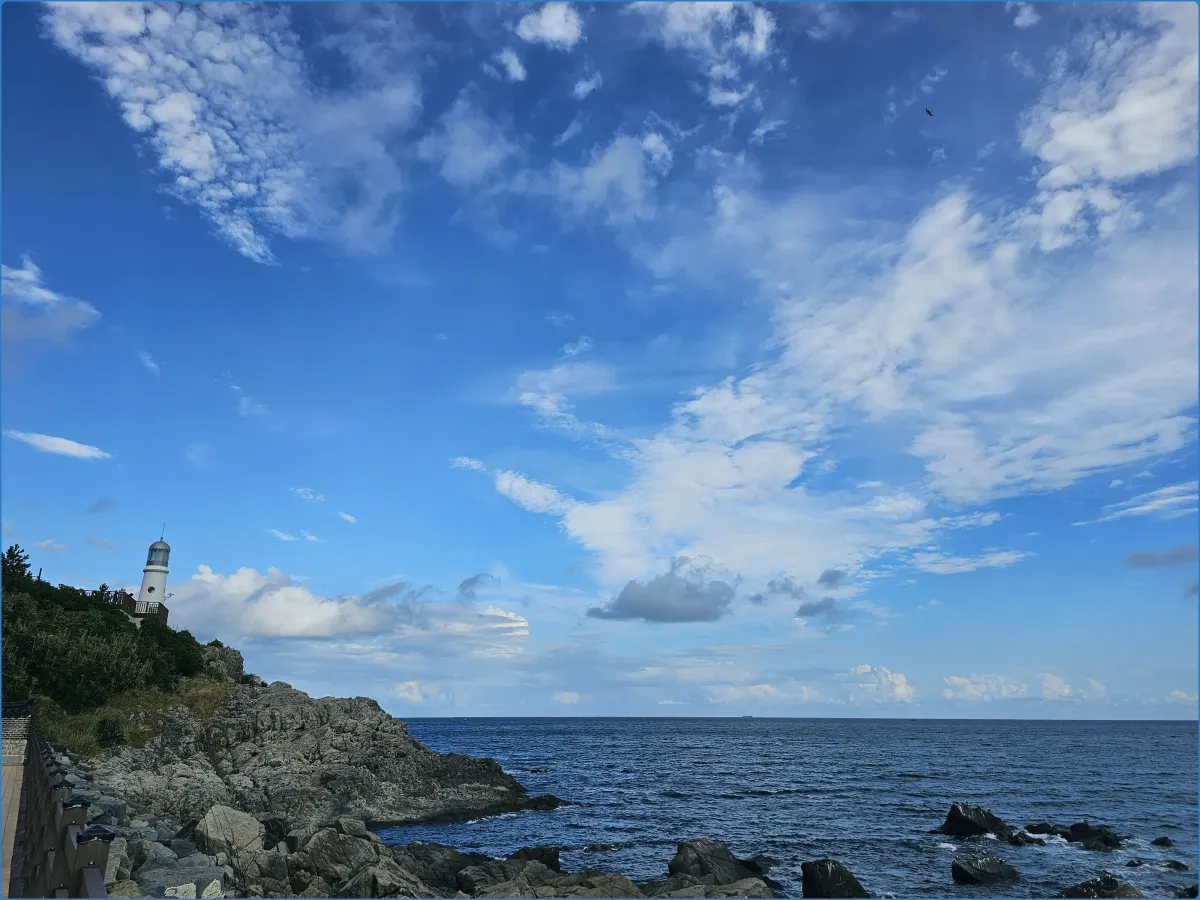

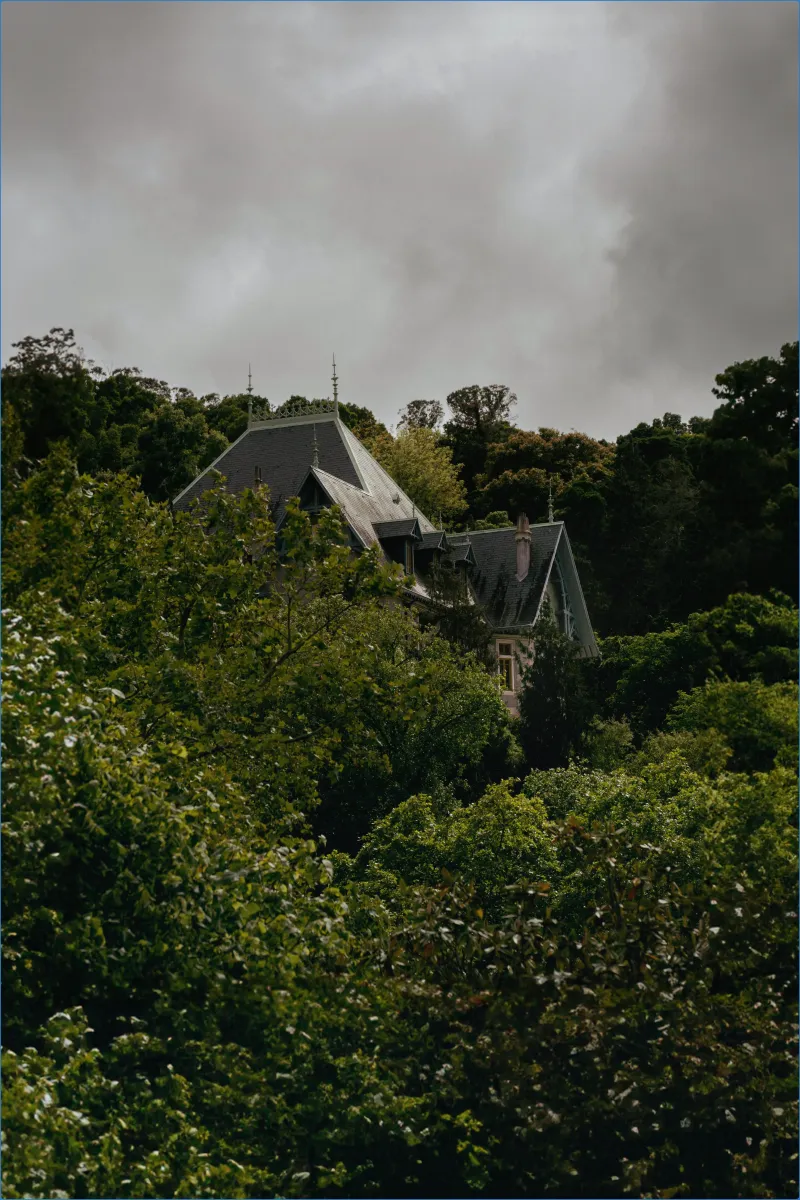
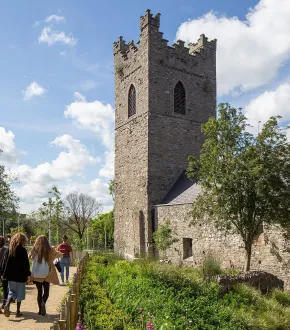


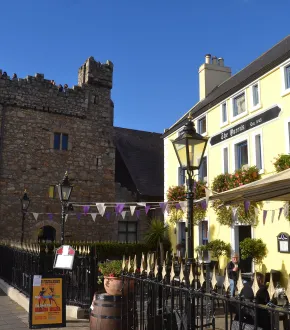
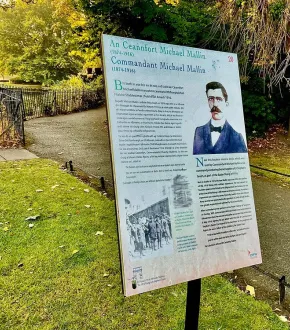

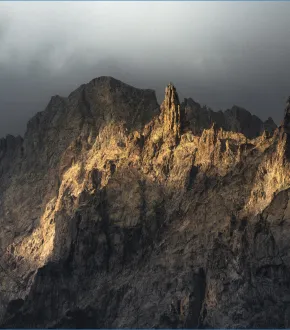
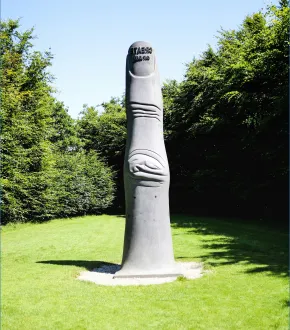
Comments